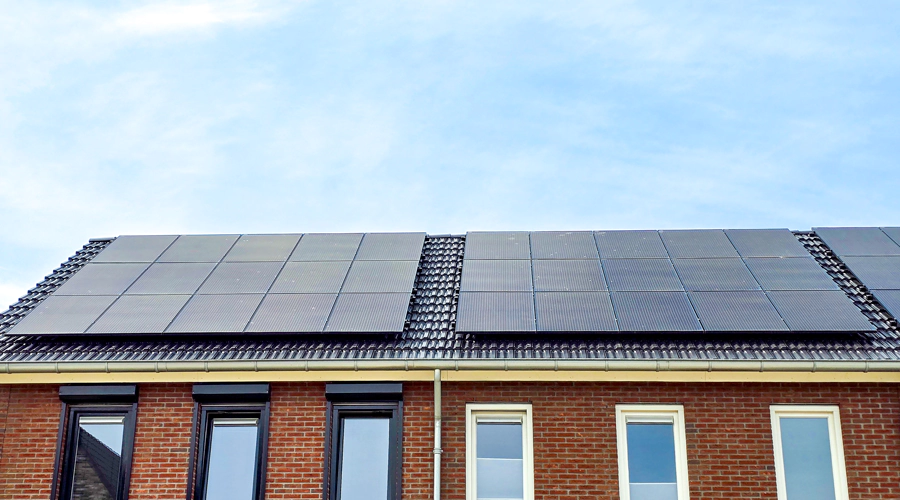Why Solar
While a majority of the world’s current electricity supply is generated from fossil fuels such as coal, oil and natural gas, these traditional energy sources face a number of challenges including rising prices, security concerns over dependence on imports from a limited number of countries which have significant fossil fuel supplies, and growing environmental concerns over the climate change risks associated with power generation using fossil fuels.
As a result of these and other challenges facing traditional energy sources, governments, businesses and consumers are increasingly supporting the development of alternative energy sources and new technologies for electricity generation. Renewable energy sources such as solar, biomass, geothermal, hydroelectric and windpower generation have emerged as potential alternatives which address some of these concerns. As opposed to fossil fuels, which draw on finite resources that may eventually become too expensive to retrieve, renewable energy sources are generally unlimited in availability.
Solar power generation has emerged as one of the most rapidly growing renewable sources of electricity. Solar power generation has several advantages over other forms of electricity generation:
Reduced Dependence on Fossil Fuels. Solar energy production does not require fossil fuels and is therefore less dependent on this limited and expensive natural resource. Although there is variability in the amount and timing of sunlight over the day, season and year, a properly sized and configured system can be designed to be highly reliable while providing long-term, fixed price electricity supply.
Environmental Advantages. Solar power production generates electricity with a limited impact on the environment as compared to other forms of electricity production.
Matching Peak Time Output with Peak Time Demand. Solar energy can effectively supplement electricity supply from an electricity transmission grid, such as when electricity demand peaks in the summer
Modularity and Scalability. As the size and generating capacity of a solar system are a function of the number of solar modules installed, applications of solar technology are readily scalable and versatile.
Flexible Locations. Solar power production facilities can be installed at the customer site which reduces required investments in production and transportation infrastructure.
Solar Energy vs Fossil Fuel
Fossil fuels are a source of non-rewewable energy. These hydrocarbon-rich resources were typically formed ages ago when rapid burial of organic materials (brought on by mudslides, etc) was forced under the surface of the earth before being oxidized.
Over time, temperature and pressure have forced this organic mass into a useable natural resources which power much of the world’s energy needs. When fossil fuels are burned, energy is generated, and this energy is usually used to generate steam, which in turn turns a turbine, which generates usable electricity.
Fossil fuels are current cheaper and more reliable than solar power, but unlike solar panels, which are clean and utilize virtually limitless renewable energy, the burning of fossil fuels pollutes the atmosphere, degrades local environments, cause health and smog problems, and fossil fuels are in limited supply.
Fossil Fuel reserves are expected to run dry (meaning that so little will be left that extraction will no longer be sustainable or profitable) some time in the next century.
Solar panels are a viable solution to meet the world’s energy needs during, and after, the impending energy crises brought on by the depletion of oil, coal, and natural gas.
Is solar energy really an alternate source to our energy need?
With growing concerns about the damage caused by the environment due to burning fossil fuels, and due t ever increasing oil demand in spite of such hike in the prices per barrel there have been some serious attempts to find out an energy source which can serve as an alternate energy for fossil fuel. This is the reason why many researchers have turned their attention to the solar energy. However the initial attempts to make electricity and generate power out f sun light have achieved a little or no success. However with the further advancement in the semiconductor technology and technology to make cheap solar cells has made it possible for us to take this option seriously. And it is possible to have a part of our energy come from a clean energy source such as solar energy. This will reduce the dependence on fossil fuels up to some extent.
So how much energy can a solar panel generate? It has been calculated that a 60 X 26 X 1.8 (length X breadth X depth) can generate merely 123 watts on a good sunny day if kept under direct sunlight for about 5-6 hours. So for a house using 12KW of power, how can a solar panel generating 123 Watts do any good? The thing is a single panel when installed gives you 123W but 10 panels when installed can give you about 1Kw which is almost 10% of your household energy requirement. Plus this is the polycrystal solar panel of an average quality. There have been ways to use different semi conductors other than silicon and make solar panels more efficient. So the only two options that remain in our hands is to reduce our energy requirement, and start using renewable energy as a serious alternate source.




